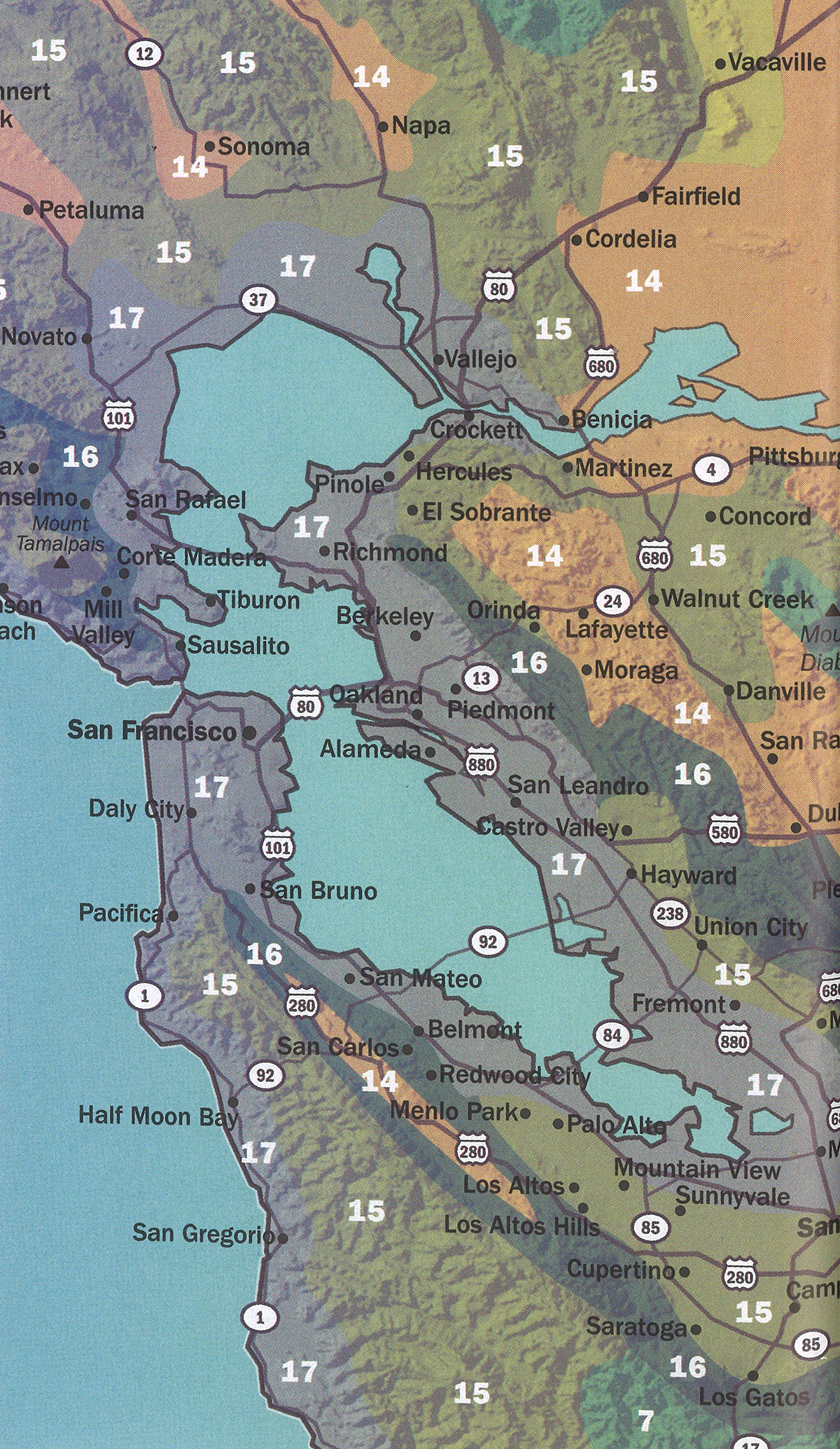
| height | 3–5in | |
| width | 4–6in | |
| tolerates | Drought, Pots, Wind | |
| water needs |
Low – Moderate | |
| water info |
Echeverias are drought tolerant, but they look best with water every couple of weeks once they’re dry. Most need some additional summer water or fog drip to survive and thrive, especially away from the coast. Keep an eye out for wrinkled leaves, inward curving leaves, or atrophy of lower leaves, which are indicative of underwatering. Remember that some stress like this is normal for echeveria during drought. Avoid watering the crown and especially don’t water in the crown late in the day. Aphids on echeveria flower spikes are symptomatic of overwatering while in bloom. |
|
| hardy to |
25F | |
| exposure | Part Shade – Full Sun | |
| indoor outdoor |
Outdoor | |
| drainage | In Ground: Cactus Mix, In Pots: Cactus Mix | |
| origin | Hybrid, Mexico | |
| california native |
No | |
| sunset zones |
14–24 |
Full Sun
Six or more hours of sun beams directly landing on the plant's leaves.
Part Shade
Three to five hours of sun beams directly landing on the plant's leaves.
Part Sun
One to two hours of sun beams directly landing on the plants leaves.
Full Shade
The plant is never fully lit by sun beams,
but is in a bright spot or has dappled sunbeams playing over the leaves throughout the day.
Deep Shade
The plant never has dappled light on the leaves, and is in a place that feels dim, even on a nice sunny day.
